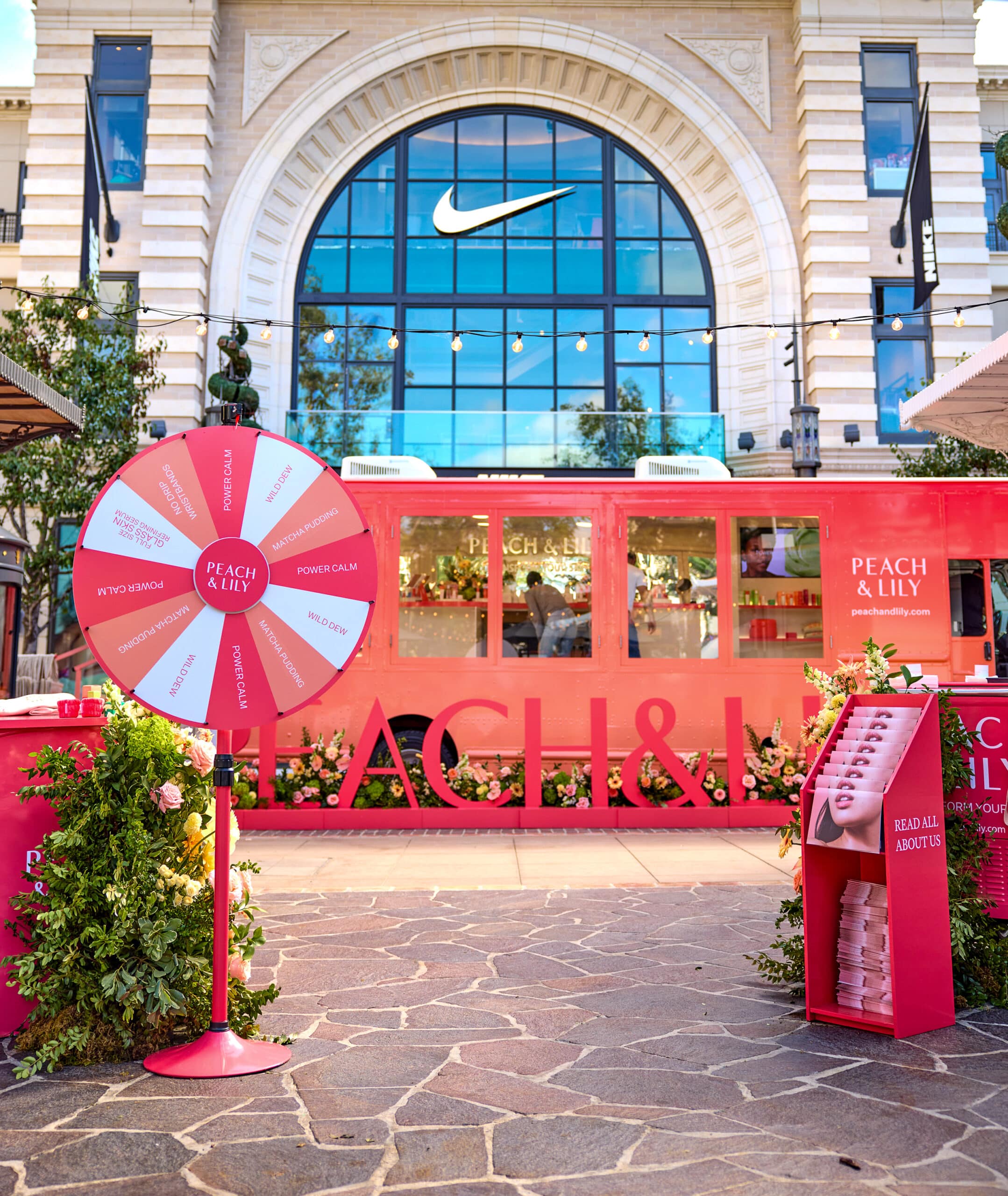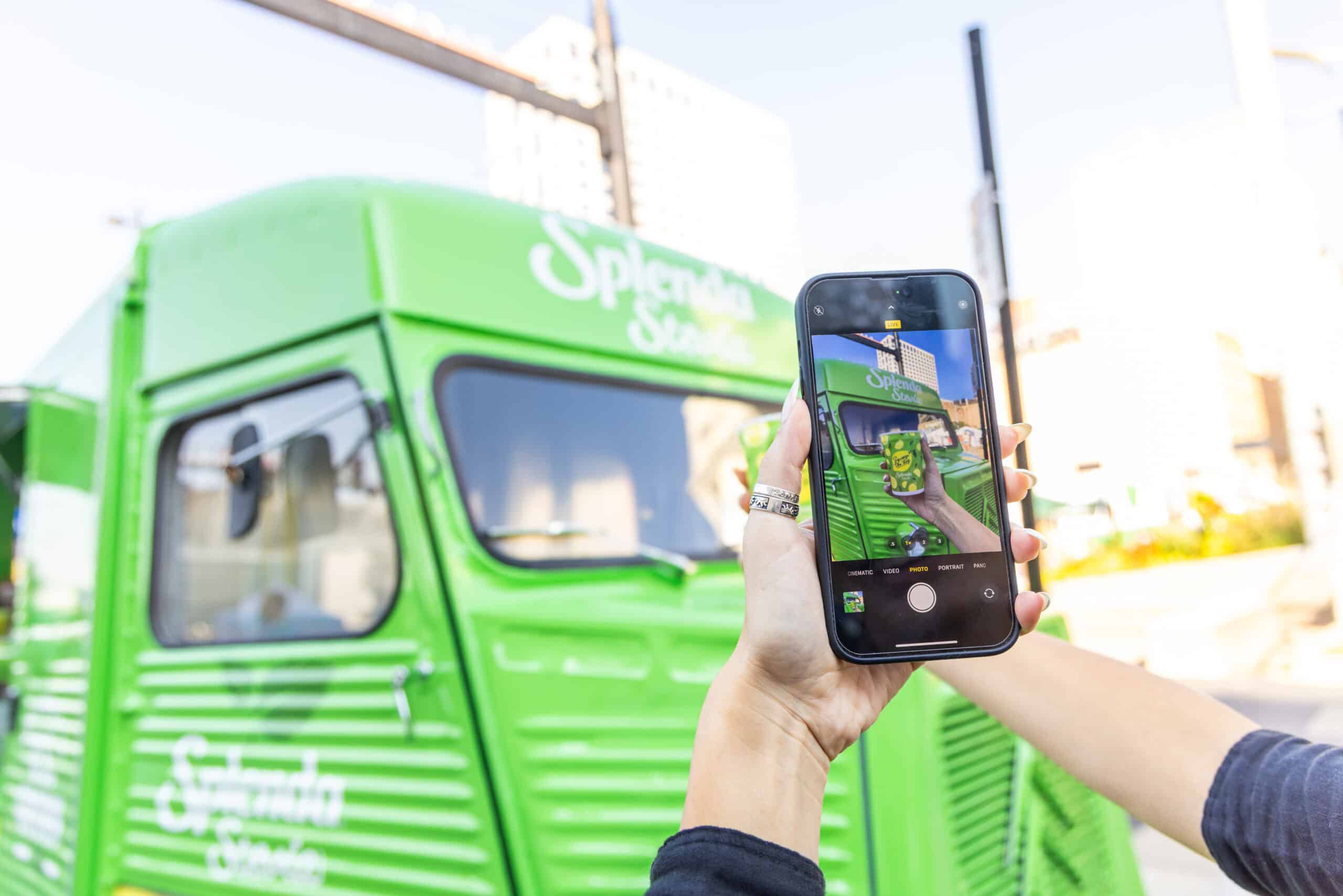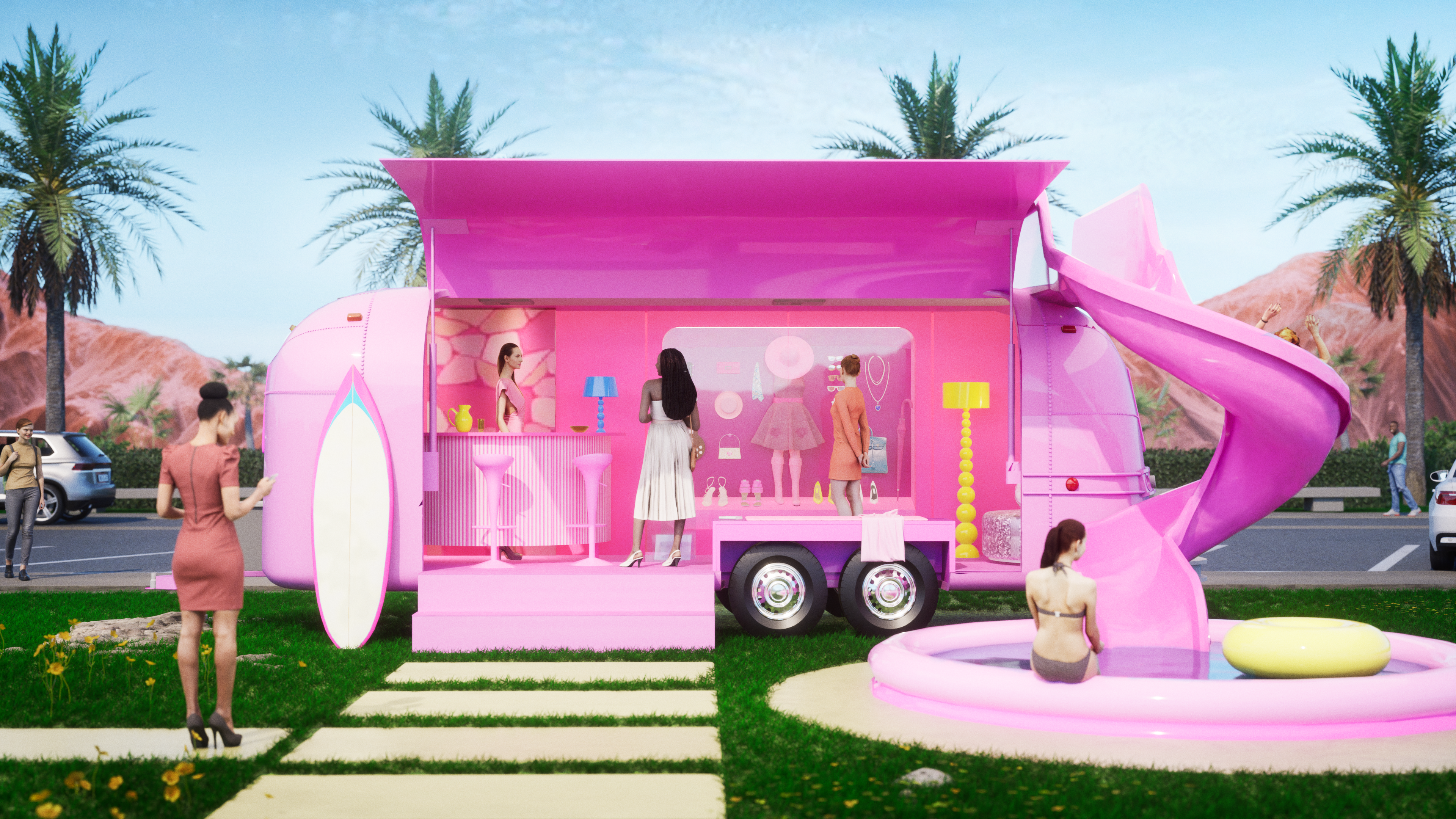In today’s fast-moving world, you need a multi-dimensional marketing strategy that can engage the tastes of modern consumers. While traditional media marketing still has its functions, it pays to stay on the cutting edge when developing a new campaign. Taking the time to invest in a proper experiential marketing strategy can yield an excellent return on investment, and help boost your brand’s name recognition and organic growth.
What is Experiential Marketing?
Experiential marketing is a marketing strategy method that involves direct communication and interaction with potential consumers, allowing them to engage with your brand’s product or service first-hand. This creates the opportunity for potential customers to form a personal connection with your brand, and foster a positive association through the experience you have designed. Having an experiential marketing strategy is vital to engage younger demographics, where consumers are far more likely to ignore traditional advertising methods.
But there isn’t just one style of campaign when it comes to experiential marketing. The composition of your particular experiential marketing strategy will help differentiate your brand from your competitors. Make sure to carefully choose what type you move forward with, and which style will work best for your unique brand.
How do you use Experiential Marketing in a campaign?
Developing your experiential marketing strategy starts with selecting what sort of experience you want to give consumers. The goal is to create a 3-dimensional engagement that allows potential customers to actively participate, as opposed to the 2-D interaction involved in a traditional piece of media marketing.
Here are three different types of Experiential Marketing strategies:
Brand Booth
Setting up a brand booth is a great way to show potential consumers who your brand is, and the benefits you offer. Choosing a high-traffic event like a convention, fair, or any other populated gathering, allows you to get a higher level of experiential activations. Once you have your location selected, make sure to design an experience that lets people see the unique benefits associated with choosing your brand over others in your industry. It’s also vital to select proper brand ambassadors to run your brand booth. Brand ambassadors are the staff members you have chosen to show your product or service. They will be wearing your logo, talking about your products, and in essence, representing your brand. Make sure they are friendly, knowledgeable, and aesthetically in-line with how you wish to present your brand to potential consumers.
Mobile Tours
Mobile tours combine the advantages of a brand booth with the addition of serving as essentially a moving billboard. A mobile tour involves having a branded vehicle travel through areas populated by your key demographic, making stops in hand-picked areas to engage with consumers.
An essential component of this experiential market strategy is to make sure you do significant research into where your key demographic resides. You want your brand vehicle to be moving through population zones where you have the highest chance of being seen by potential consumers. The same goes for each stop in the tour; though not as focused as when using a brand booth, each stop should be somewhere guaranteed to produce valuable activations and connections.
Virtual Showcase
If you design it properly, a virtual showcase can achieve the same level of customer engagement as an in-person event. If your product or service exists in the digital space, this is all the easier. Allowing a consumer to utilize a free version of the product, with possible guidance by an experienced ambassador, can achieve similar emotional connections to a brand booth or mobile tour. While this isn’t as efficient as a physical event, many of the same principles that work with any other experiential marketing strategy still apply.
Can I integrate my digital marketing strategies into these methods?
Digital and experiential marketing strategies can be successfully integrated to boost the effectiveness of any of these methods. Any type of experiential marketing strategy can benefit in the visibility added when you involve influencers relevant to your industry. For example: If you are an exercise related brand, find a fitness influencer on instagram to become involved in promoting your virtual showcase or mobile tour, or even participate directly in your brand booth.
You also want to make sure to digitally telegraph the location of your brand booth, any stops in your tour, or the release date of a virtual showcase, depending on which method you choose. Creating searchable events on social media increases the odds that those who show up will be directly interested in your service or product, and reduce the amount of time wasted on participants who are less likely to connect with your brand.
Who does Experiential Marketing work best for?
Experiential marketing works best for brand’s whose product or service benefits from hands-on use, and the guidance of a brand ambassador. So, for example, if you have a physical product like a food or beverage, your brand would benefit greatly from utilizing an experiential marketing method. Brand ambassadors could pass out small samples, and give those trying your product a colorful presentation about what ingredients your brand uses, and where they’re sourced.
Experiential marketing strategies are also advantageous for those who want to make lasting activations. Experiential marketing activations can form longer lasting emotional bonds between the consumer and your brand. But what exactly are these activations?
What is Experiential Marketing Anyway?
Experiential marketing activations are characterized by the level of brand recognition you receive from your experiential marketing strategy. So for every person that interacts with the brand experience you have designed, an activation would represent someone who connected personally with that experience. The more of these activations, the higher chance of conversion, and the greater increase in long term brand awareness and adoption.
Why experiential marketing works
The efficacy of traditional marketing has declined with younger generations for some time now. Millennials and Gen Z are willing to pay extra money just to avoid watching advertisements, and streaming companies have built revenue streams entirely on the elimination of traditional ads. That’s the reason many marketing companies are beginning to research how direct interaction connects with these demographics, and they’re seeing a much higher rate of success.
When a consumer gets to interact with a brand and product directly, a more genuine connection can be formed. Traditional marketing can be a little bloodless: the modern customer is aware that an ad is there simply to get you to buy. When someone interacts with a real person who is offering not only a free experience, but is available to answer any questions they may have, it humanizes your brand. Because at the end of the day, brands are made up of real people; experiential marketing makes it easier for the consumer to understand that, and connect with those people on a genuine level.

Top 10 Best Pop-Ups of 2023
It’s been a big year here at Food Truck Promotions. With the holidays on the horizon and the new year quickly approaching, we’ve been looking

Creating Experiences That Drive UGC
Why UGC is a Key to Successful Modern Marketing If you are interested in modern marketing, you already know that the advertising world has dramatically

Come on, Barbie, Let’s Go Market!
There’s no doubt about it — Barbie is back. Everyone’s favorite childhood dream girl is hitting the big screen on July 21, and the hype
Last updated on September 8th, 2023
